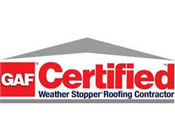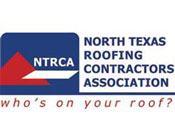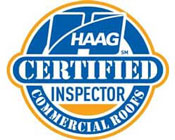Roofing Contractors | Things Preformed By A General Contractor
JNT is more than just another Dallas roofing contractor. We also do extensive renovations, rebuilds, and even large commercial projects. Here’s a list of things that your favorite roofing contractors in Dallas typically perform on small and large commercial jobs.
When they need a contractor, many people just assume that he’ll be some kind of a handyman that’ll help them around with whatever task they need him for. From carpentry to gardening, you can find a contractor for anything, right? Nope. A handyman is a person who’s just that, handy when you need them. On the other hand, commercial contractors are typically procured for work if any commercial construction is required whether it is only a slight renovation job or building from scratch. Buildings that are classified under commercial include the following structures: roads, office buildings, shopping centers and schools.
Even then, each contractor specializes in one or two different forms of construction, so it is quite common to find one or two different commercial contractors working together on one building project. Here’s a look at the work typically performed by a commercial contractor:
Building
When there’s a new shopping mall or even a shop opening up, you can be sure to find commercial contractors hard at work building over there. Commercial contractors are usually the ones who help interpret the architects’ dream, changing the blue print from paper in to real life.
Renovation
Sometimes, a few commercial buildings are closed down or shuttered up for quite some time or just have taken too much wear and tear from the elements. Whatever the reason that caused the disrepair, when these buildings are resold, commercial contractors work on renovating and scaling them to the new purposes’ requirements.
Painting
This is more of a finishing touch once all repairs are done but definitely falls under the duties of the commercial contractor. However, once more, just like their building projects, their painting commissions are more heavy duty and can be much more extensive.
Exterior Aspects
Commercial contractors are skilled at dealing with the exterior of most buildings. Commercial buildings need to be visually appealing and no one knows that or does that better than a commercial builder. However, based on the size and magnitude of the build they undertake, it can, at times, take a lot of time before the build is completed.
Roads and Other Commercial Builds
Often times, commercial contractors are the ones whom you see laying down the tarmac on roads, building bridges, laying down train tracks etc. Although these are heavy duty industrial projects, they usually require a dedicated team of commercial contractors working in conjunction with engineers, subcontractors and other technicians.
Commercial contractors also work on a contractual basis which can be on weekly, monthly or yearly term. Easily available for work all year round, they are usually team based and can offer all the services that can help establish your new building. Oftentimes, all one needs to do is go to a contractor with a blueprint, show them the piece of land, get their feedback and start work. Most commercial contractors also work in close conjunction with a sub contractor. These guys act like liaison workers between the commercial contractor and the clients as well as the commercial contractors and the other engineers etc.












